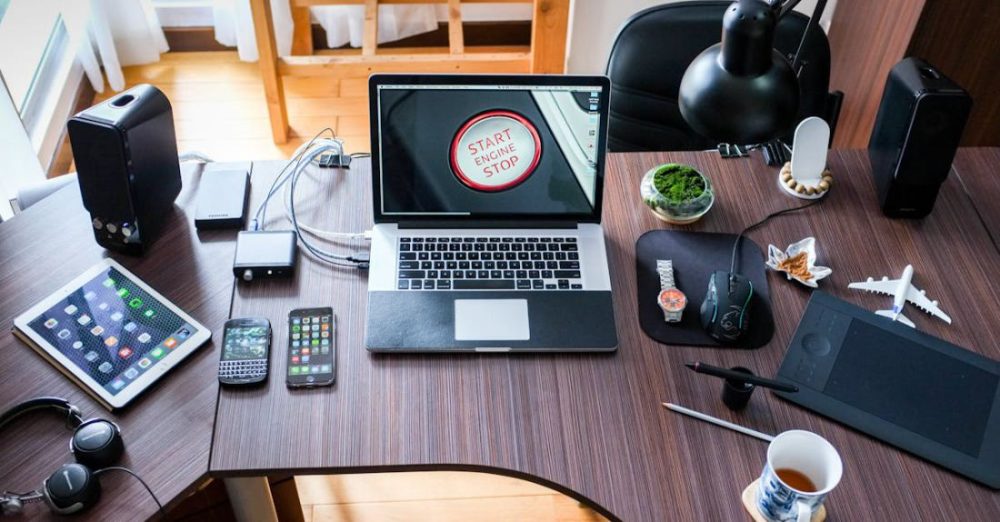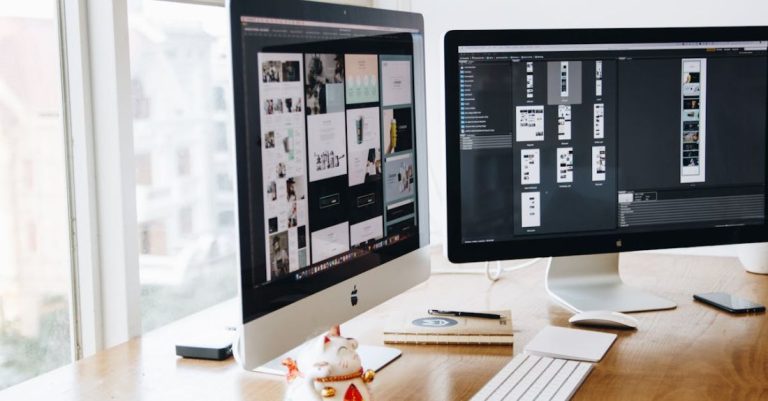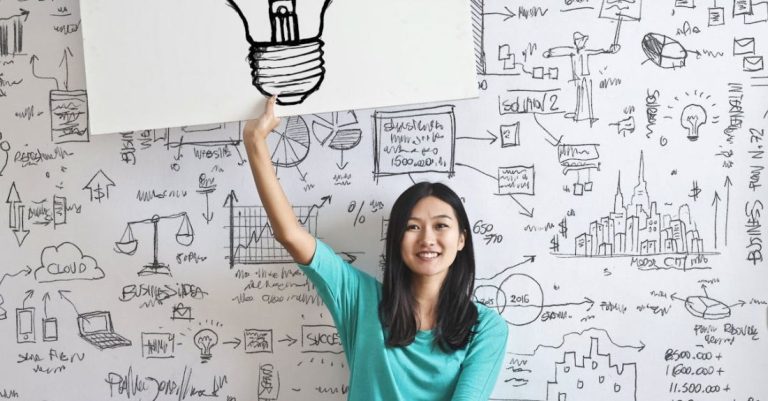
Green building technology continues to evolve rapidly, with new innovations and trends shaping the way buildings are designed, constructed, and operated. In a world increasingly focused on sustainability and energy efficiency, the latest trends in green building technology are driving significant changes in the industry. From energy-efficient materials to smart building systems, here are some of the most exciting developments in green building technology that are shaping the future of architecture and construction.
Sustainable Materials and Design
One of the key trends in green building technology is the use of sustainable materials and design practices. Architects and builders are increasingly turning to materials that are environmentally friendly, such as reclaimed wood, recycled steel, and bamboo. These materials not only reduce the environmental impact of construction but also help create healthier indoor environments for building occupants. In addition, design practices that prioritize natural light, ventilation, and passive heating and cooling are becoming more common, reducing the need for artificial lighting and heating and cooling systems.
Energy-Efficient Systems
Energy efficiency is a top priority in green building technology, and innovative systems are being developed to reduce energy consumption in buildings. From advanced insulation materials to high-efficiency HVAC systems, building owners and developers have a wide range of options to improve the energy performance of their properties. Smart building systems that use sensors and automation to optimize energy use are also becoming increasingly popular, allowing buildings to adjust lighting, heating, and cooling systems based on occupancy and environmental conditions.
Green Roofing and Urban Agriculture
Green roofing is a growing trend in green building technology, with more buildings incorporating living roofs that are covered with vegetation. Green roofs provide numerous benefits, including improved insulation, reduced stormwater runoff, and increased biodiversity in urban areas. In addition to green roofs, urban agriculture is becoming more common in green buildings, with rooftop gardens and hydroponic systems being integrated into building designs. These features not only provide fresh produce for building occupants but also help reduce the urban heat island effect and improve air quality.
Water Conservation and Management
Water conservation is a critical aspect of green building technology, and new developments are focused on reducing water consumption in buildings. Low-flow plumbing fixtures, rainwater harvesting systems, and greywater recycling technologies are becoming standard features in green buildings, helping to minimize water waste and reduce the strain on municipal water supplies. In addition, green building designs are incorporating permeable paving materials and bioswales to manage stormwater runoff and prevent flooding, further enhancing the sustainability of buildings and their surrounding environments.
Resilient and Adaptive Design
With the increasing frequency of extreme weather events and climate change impacts, resilience and adaptability are key considerations in green building technology. Resilient design strategies, such as raised foundations, flood-resistant materials, and backup power systems, help buildings withstand natural disasters and maintain functionality during emergencies. Adaptive design principles, such as flexible floor plans and modular construction techniques, allow buildings to easily adapt to changing needs and conditions over time, increasing their longevity and reducing the need for costly renovations.
Innovative Building Materials and Technologies
Advancements in green building technology are leading to the development of new materials and technologies that revolutionize the way buildings are constructed and operated. From self-healing concrete that repairs cracks on its own to solar windows that generate electricity, these innovations are pushing the boundaries of sustainability and efficiency in building design. 3D printing technologies are also being used to create custom building components with minimal waste, reducing the environmental impact of construction and enabling greater design flexibility.
Embracing the Future of Green Building Technology
As the demand for sustainable and energy-efficient buildings continues to grow, the latest trends in green building technology are driving a wave of innovation in the architecture and construction industry. By incorporating sustainable materials, energy-efficient systems, green roofing, water conservation measures, resilient design strategies, and innovative technologies, buildings can become more environmentally friendly, cost-effective, and resilient to future challenges. Embracing these trends not only benefits the environment but also creates healthier and more comfortable spaces for building occupants, shaping the future of architecture and construction for generations to come.





